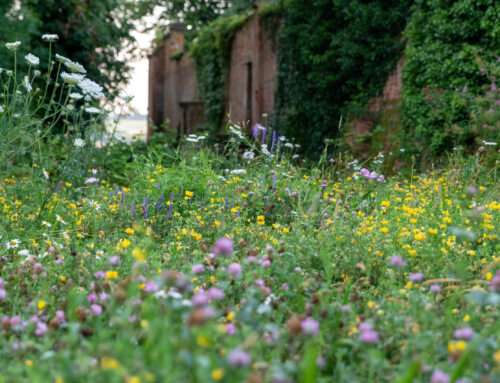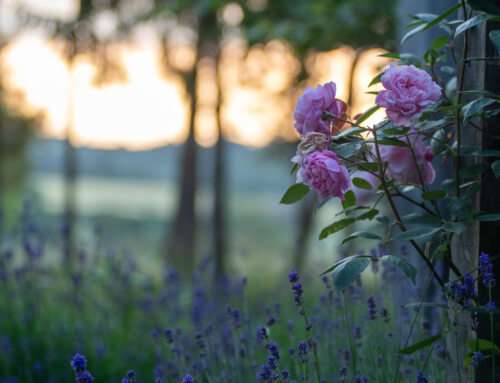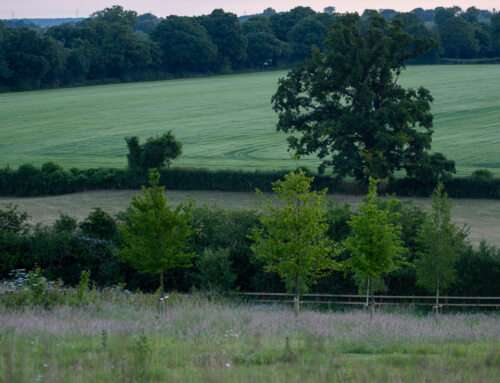Feng Shui – Tips For Garden And Landscape Design
By David Kurita-May
A garden that has been designed using Feng Shui principles seeks to capture the environment’s natural rhythms and the spiritual equality between man and nature. Eastern culture recognises the oneness of all living things and how energy, or chi, needs to flow smoothly, both through our surroundings and through ourselves.
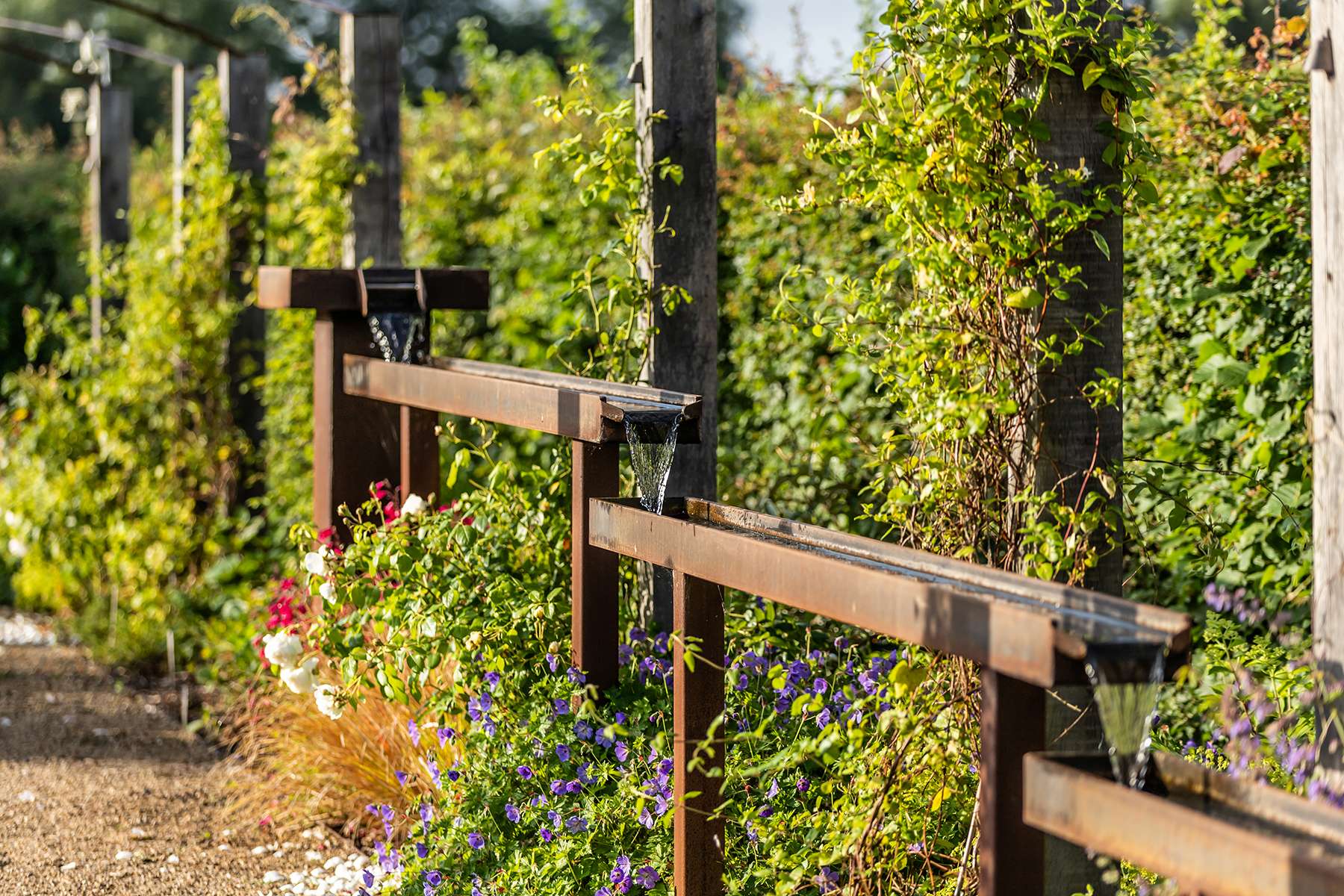
Gentle curves, soft flowing lines, billowing rivers of flowers, grasses and trees that move with the wind will all help enhance the smooth and steady flow of chi. Straight lines are not conducive to good chi, speeding up the flow too much that it leaks, leaving you with a cold, unfriendly feeling. If you have straight hedges, avenues of trees or pathways, you can redress the energy balance by softening the edges of a path, or by adding curved beds of planting under straight avenues of trees. Regular shaped gardens are more auspicious than, for example, triangular ones. If you do find yourself with a triangular plot (and you are reading this and thinking you will need to move out at once!) then a good design solution is to soften and disguise the angular nature of the site boundaries. A simple arc or sweep of planting can hide a pointed corner and would instantly help.
A good starting point is to apply some simple good housekeeping rules to your garden. This would include fixing or recycling broken pots and other damaged items, cleaning garden furniture and water features, and generally keeping the garden tidy and maintained.
THE BAGUA MAP
A garden that has a balance in these five elements will be more harmonious:
- Fire
- Metal
- Wood
- Earth
- Water
The exact use and position of these elements is further defined by a system called the bagua (or ‘energy’) map. The use of the cardinal directions when defining sectors can be puzzling at first. The way to make it work is to add the word “facing” to the sector and then it all falls into place. For example, if you were to consider the south sector of your house, more than likely it would be bright with good sunlight coming through the windows. However, if you look at the south sector of your garden this will be shady, because although the sector is in the south, it is actually north-facing. Use the diagram of the bagua map to create a site plan of your garden – include your front, side, and back gardens. On larger plots of land define the area you wish to call your ‘garden’. Then divide your garden into a 3 x 3 grid so that you create nine sectors in total.

North-west facing sector: Here, the element is metal and – in this area – it relates to travel and meeting new people. Create a calm, social space decorated with metal items and metallic colours.
North-facing sector: The element for the north-facing sector is water and relates to career and path in life. Use dark colours in this area and consider putting in a water feature.
North-east facing sector: The north-east facing element is earth. This part of the garden relates to personal and spiritual growth and should be a meditative space using cool colours. Mix garden furniture harmoniously with the plants here, so as not to disrupt the energy.
West-facing sector: The element of this sector is metal and relates to children, activity and creativity, making it the perfect place for a play area or outdoor exercise space. Bright, vibrant blooms will do well here but you could also use metallic colours, such as white and silver. Metal items such as a wind chime or a garden sculpture would satisfy the metal element.
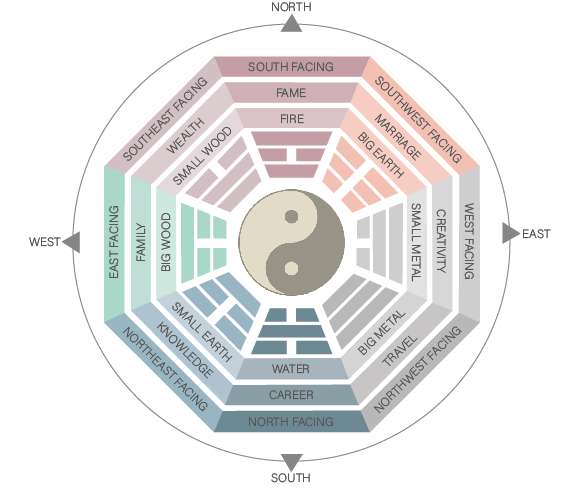
East-facing sector: The element of this sector is wood and relates to family and health. Use bold purples in the planting and aspire for healthy, thriving plants, including trees for height. Include wood in this sector – either with planting or furniture – for vibrant health.
South-west facing sector: This sector’s element is earth and relates to relationships and love. Create a comfortable outdoor space to gather with friends and family. Make sure it is open to allow energy to flow, and use warm colours such as pink, red, yellow and orange in the planting scheme.
South-facing sector: The south-facing element is fire and relates to fame and success. Use warm reds and purples in the planting. Enjoy the best of the sunshine here and include a fire pit, barbecue and lanterns.
South-east facing sector: This sector element is also wood but this sector relates to wealth. Including a water feature here symbolises abundance and wealth.
There are many Feng Shui experts globally and often there are slightly different takes on how to achieve the most harmonious energy flow. These suggestions blend classic Feng Shui principles with my experience as a garden designer so as how to make the best use of your garden space.
FURTHER TIPS
GARDEN FURNITURE
- Shelter seating areas from the elements. A shelter symbolises protection from harm.
- Keep furniture and fittings well maintained.
PLANTING
- Healthy flowers and abundant fruit are signs your home is enjoying good Feng Shui.
- Invest time and effort into nurturing your garden. Do not let it grow too wild and try to avoid thorns.
- A note on bamboo – although auspicious in terms of Feng Shui, to plant in open ground in the UK might become an issue as it grows vigorously and without care for buildings or structures it may disrupt – so this is best kept in large containers if you want to include it.
FEATURES TO INCLUDE AND AVOID
- The fire element can be represented by using a fire pit.
- Water features in a garden symbolise wealth and prosperity. Any type will do – swimming pool, waterfall, fountain, fishpond, cascades. Keep the water clean and flowing.
- Bamboo or metal wind chimes are a popular addition as their gentle sound creates healing vibrations in the air. It would be wise to check with any neighbours first if you are going to site these close to other people.
- Pathways should promote steady flow and movement. Straight lines are rarely seen in nature so keep them to a minimum and create relaxing flowing shapes and paths.
- Commonly used features include rocks, gravel, trees, and moss (this can be substituted with low growing, small-leafed evergreens in our climate)
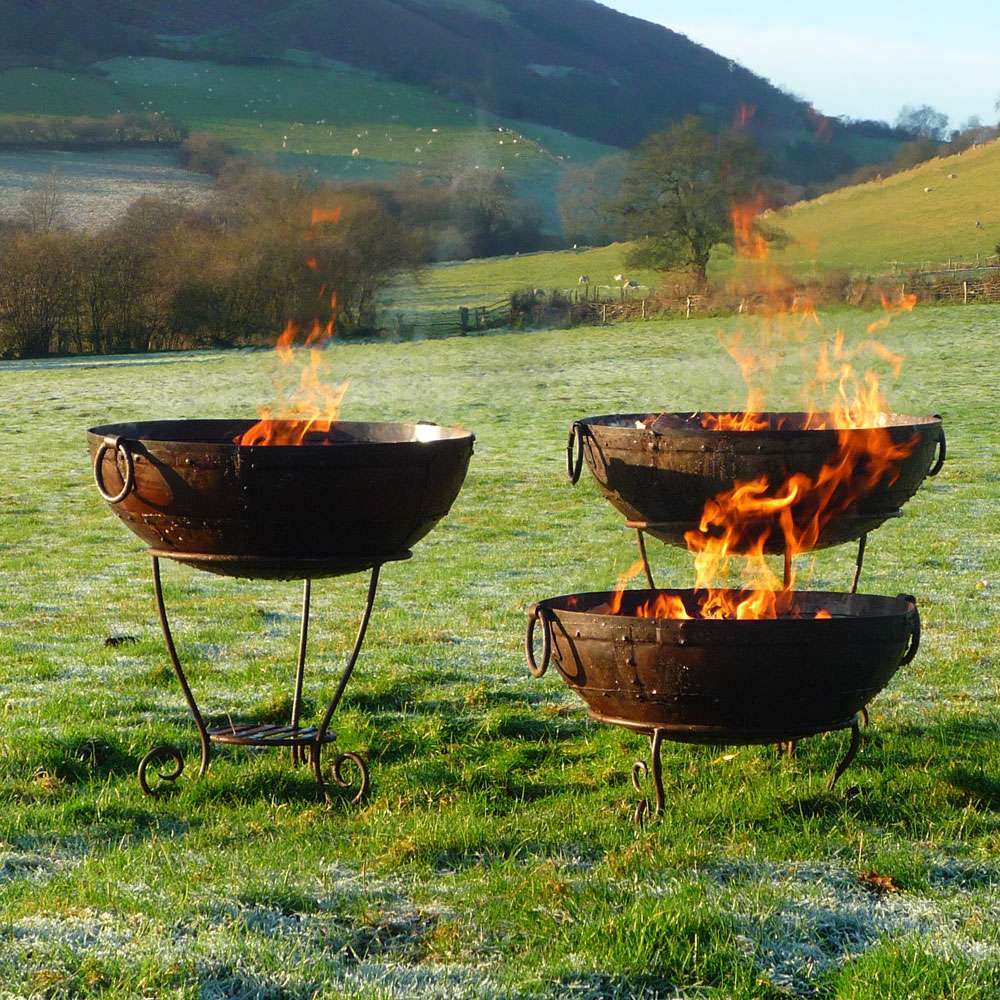
CONCLUSION
Some final thoughts and reasons to consider Feng Shui:
- Using Feng Shui principles will help the overall feel and flow of your garden.
- It has the potential to elevate a traditional Western design.
- It can harmonise the whole composition of your landscape.
- It can attract wildlife into your garden and encourage healthy growth and crops.
- You can use the bagua map to help with the selection of furniture and other items, as well as to design your border colour schemes.
Any nod towards the Feng Shui principles will result in a positive energy flow through your garden and your life.
